
2.1 million and 18 million, these two numbers represent the sales figures of the Apple iPhone and Apple Watch in 2017, respectively. Even looking at the entire wearable device market, last year’s total sales were only 115 million units. The disparity in scale proves that, despite years of investment from both Apple and Google in the smartwatch sector, they have not been able to make it as ubiquitous as smartphones in the consumer electronics market. The reason why watches have been labeled as “smart” largely stems from the widespread adoption of smartphones, which indirectly lowered the costs of various components. Consequently, manufacturers began to rapidly integrate these components into other devices and connect them to the internet, with watches being one of them.
The reason why watches have been labeled as “smart” largely stems from the widespread adoption of smartphones, which indirectly lowered the costs of various components. Consequently, manufacturers began to rapidly integrate these components into other devices and connect them to the internet, with watches being one of them.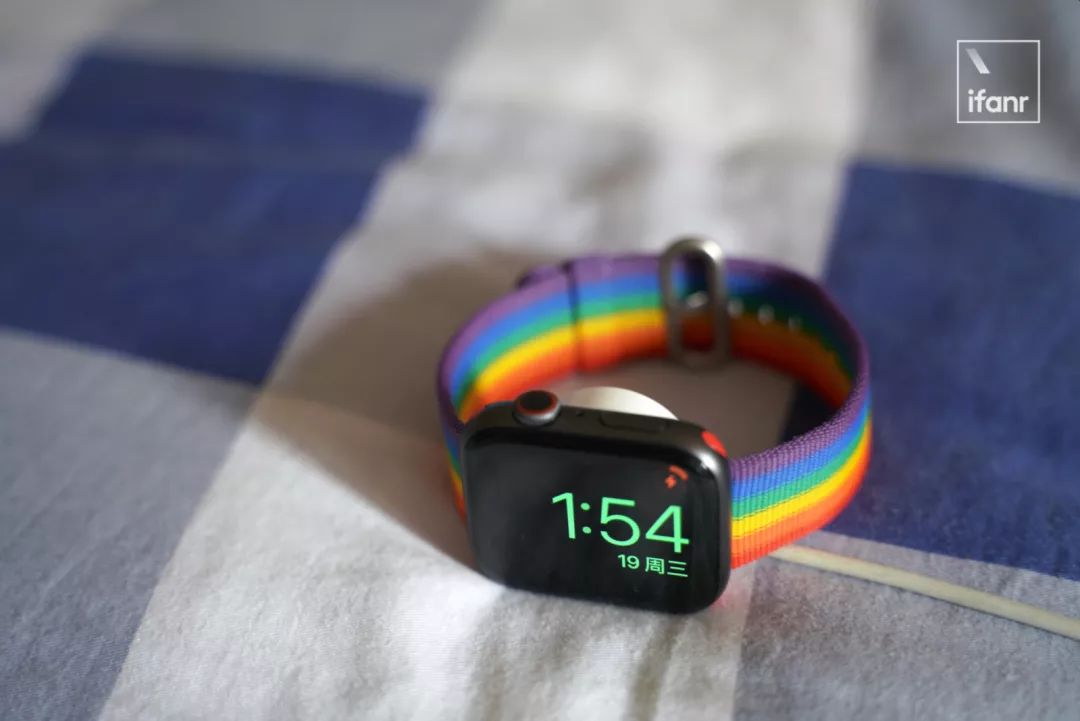 However, these sensors have not guided watches towards the development we desire; at least, they are still far from becoming as indispensable as smartphones. Why did this exploration fail?
However, these sensors have not guided watches towards the development we desire; at least, they are still far from becoming as indispensable as smartphones. Why did this exploration fail? Initially, we hoped to make watches into “another smartphone-level device”. The core function of a watch has been established since its inception over 400 years ago — as a timekeeping tool, its purpose is to help the wearer better understand time. However, for smartwatches, we wanted them to carry more functions beyond just “telling time”, as Apple initially defined for the Apple Watch — not just a fashionable timepiece, but also a communication device and a health companion.
Initially, we hoped to make watches into “another smartphone-level device”. The core function of a watch has been established since its inception over 400 years ago — as a timekeeping tool, its purpose is to help the wearer better understand time. However, for smartwatches, we wanted them to carry more functions beyond just “telling time”, as Apple initially defined for the Apple Watch — not just a fashionable timepiece, but also a communication device and a health companion.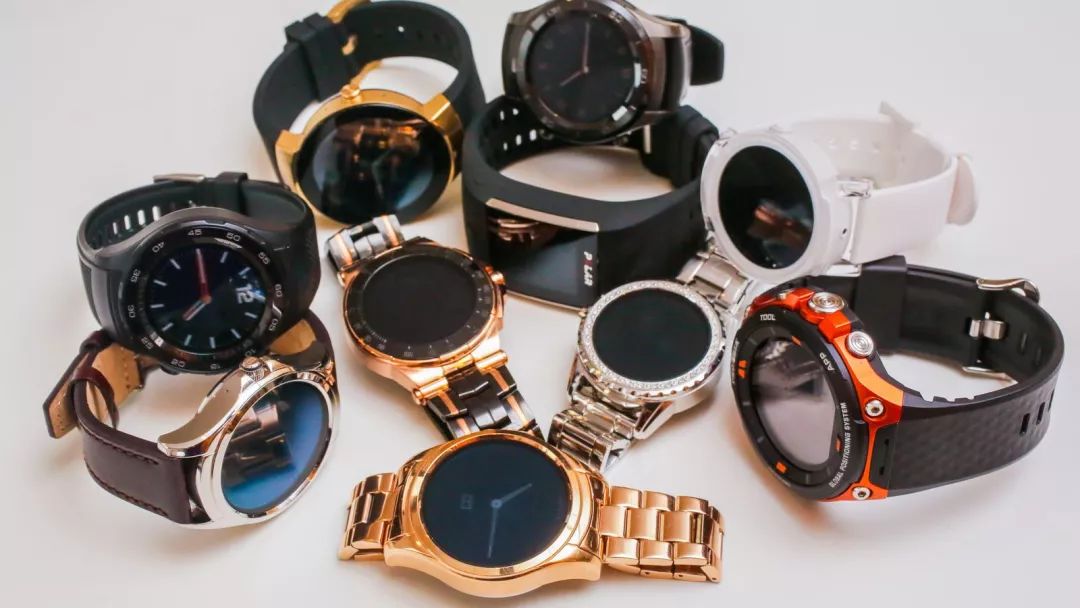 ▲ Image from: CNETAt this moment, many people still struggle to pinpoint what smartwatches excel at, yet remain optimistic, believing that in a few years, this category will also unveil a “killer application” scenario. Just as we have become accustomed to chatting on WeChat, watching videos, and playing games on our phones, watches should also possess some yet-to-be-explored interactive forms, such as one-click shopping or checking nearby popular locations. To discover this scenario, manufacturers have attempted to transfer the smartphone’s ecosystem to watches — beyond making calls and sending texts, there are various third-party applications, each representing a different application scenario from a smartphone’s perspective.
▲ Image from: CNETAt this moment, many people still struggle to pinpoint what smartwatches excel at, yet remain optimistic, believing that in a few years, this category will also unveil a “killer application” scenario. Just as we have become accustomed to chatting on WeChat, watching videos, and playing games on our phones, watches should also possess some yet-to-be-explored interactive forms, such as one-click shopping or checking nearby popular locations. To discover this scenario, manufacturers have attempted to transfer the smartphone’s ecosystem to watches — beyond making calls and sending texts, there are various third-party applications, each representing a different application scenario from a smartphone’s perspective.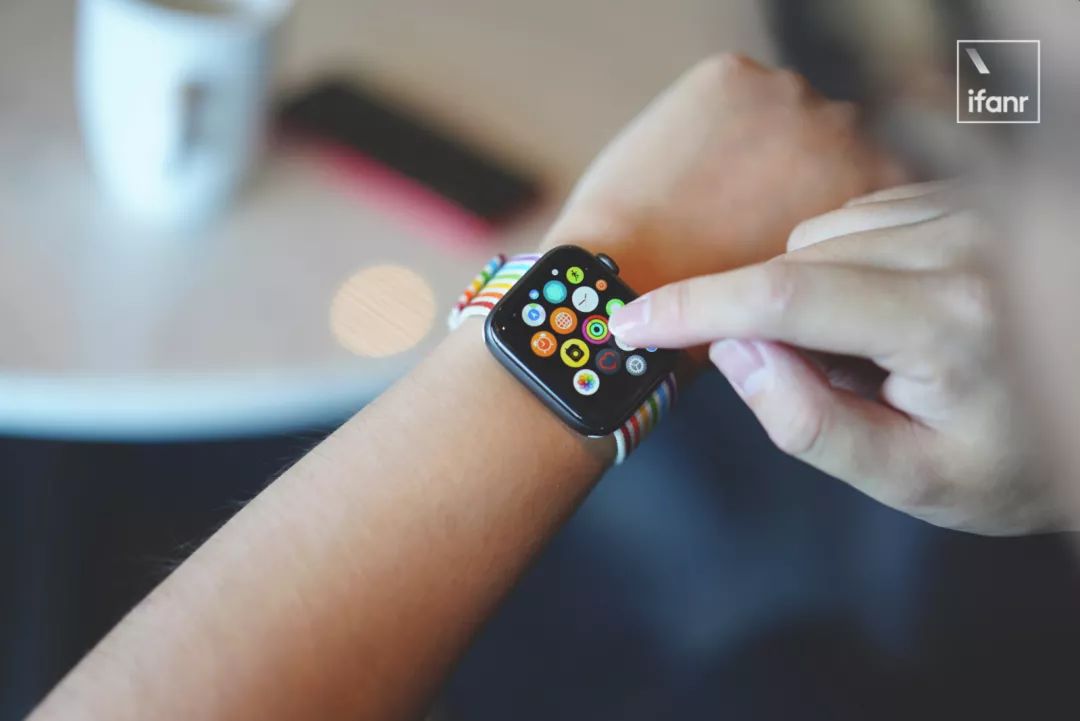 However, most scenarios have proven unworkable. From the launch of the first batch of smartwatches, we found that many functions of third-party applications are not suitable for watches. For instance, you might see WeChat messages pop up on your watch, but you would hardly choose to reply on it. Even pressing a few buttons and tapping the screen is much more cumbersome than using a phone. This is due to the limitations of the smaller screen area, as well as issues with battery capacity and performance, leading most people to find no reason or scenario for long-term use of an application on a watch. Even many basic functions, such as making calls, sending texts, and viewing photos, smartwatches cannot perform better than phones.
However, most scenarios have proven unworkable. From the launch of the first batch of smartwatches, we found that many functions of third-party applications are not suitable for watches. For instance, you might see WeChat messages pop up on your watch, but you would hardly choose to reply on it. Even pressing a few buttons and tapping the screen is much more cumbersome than using a phone. This is due to the limitations of the smaller screen area, as well as issues with battery capacity and performance, leading most people to find no reason or scenario for long-term use of an application on a watch. Even many basic functions, such as making calls, sending texts, and viewing photos, smartwatches cannot perform better than phones.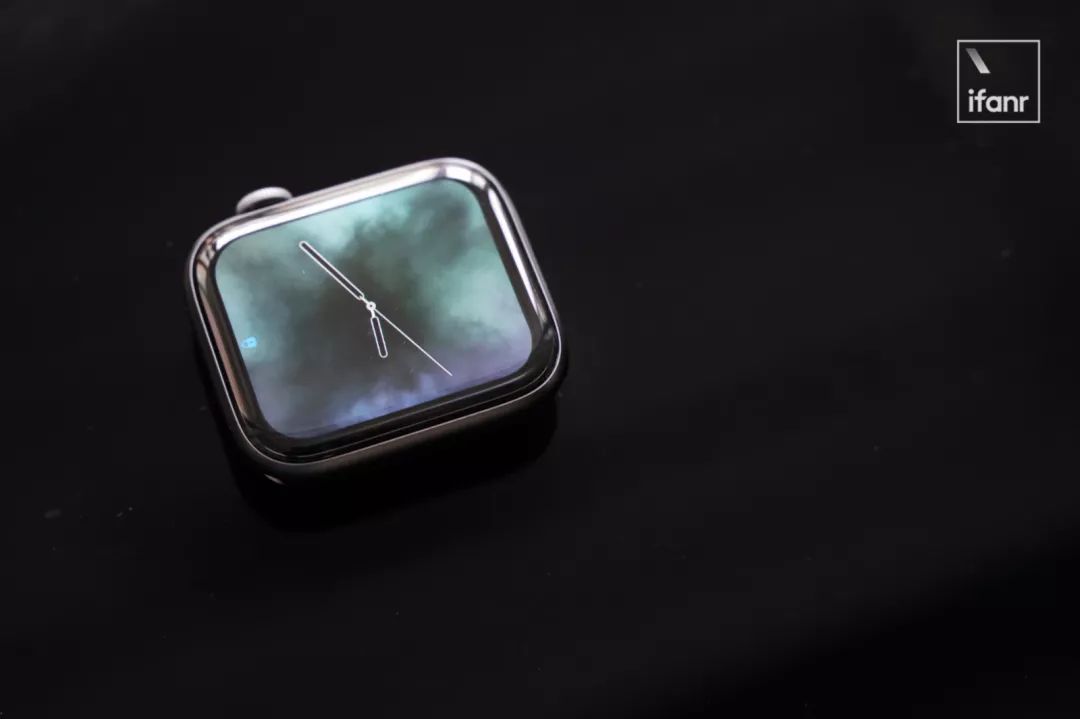 Over time, you will find that the most frequent action is still checking “what time it is”, which is the original function of a watch and has nothing to do with being smart.
Over time, you will find that the most frequent action is still checking “what time it is”, which is the original function of a watch and has nothing to do with being smart. The hardware form of the watch determines that it is more suitable for passively providing “notifications” rather than actively using “applications”. If we extend the act of “checking the time”, most watch wearers actually check their watches quite frequently. Since this is the case, the watch face does not necessarily have to display just the time; it can also show other information. Under the influence of this habit, smartwatches gradually shifted their positioning, no longer emphasizing an application-centric approach, but rather focusing on providing various notification information.
The hardware form of the watch determines that it is more suitable for passively providing “notifications” rather than actively using “applications”. If we extend the act of “checking the time”, most watch wearers actually check their watches quite frequently. Since this is the case, the watch face does not necessarily have to display just the time; it can also show other information. Under the influence of this habit, smartwatches gradually shifted their positioning, no longer emphasizing an application-centric approach, but rather focusing on providing various notification information.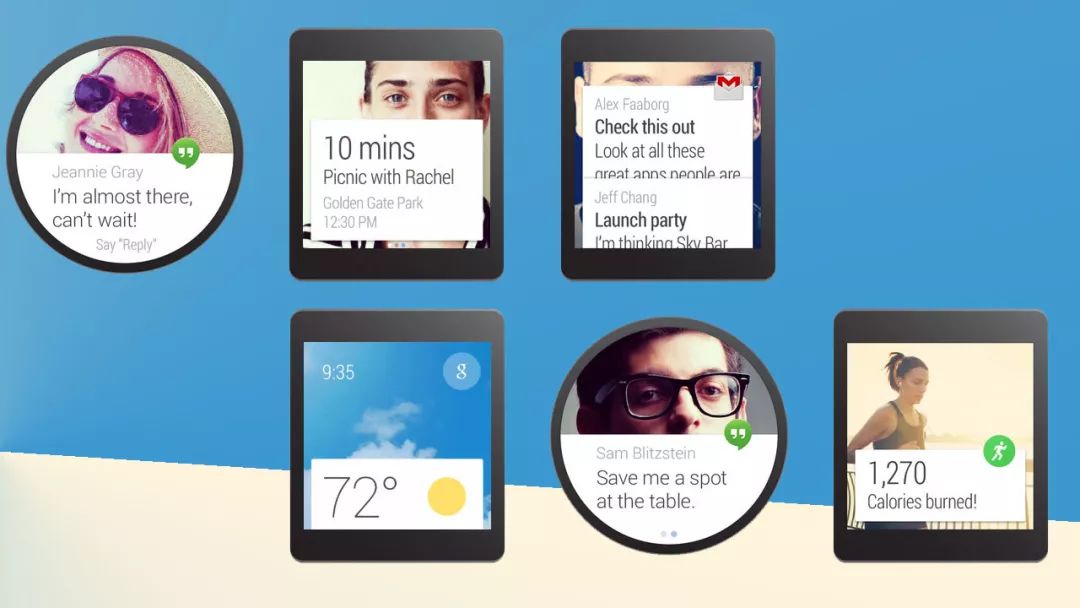 This has made the positioning of smartwatches clearer, at least enough for some mid-range smartwatches priced in the hundreds to find a reason for existence. However, this has also led some third-party applications to abandon the exploration of usage scenarios for smartwatches — after all, everyone is only concerned about notification information, and further interactions are still done on the phone. But merely glancing at notification information cannot become the core competitiveness of high-end smartwatches. Although it is indeed convenient to glance at notifications on the watch in just a few seconds, it essentially just shifts the act of checking notifications from the phone to the watch, making it difficult to justify a price tag of several thousand yuan. This means that smartwatches still need to find some differentiating factors, and they must be things that smartphones cannot accomplish.
This has made the positioning of smartwatches clearer, at least enough for some mid-range smartwatches priced in the hundreds to find a reason for existence. However, this has also led some third-party applications to abandon the exploration of usage scenarios for smartwatches — after all, everyone is only concerned about notification information, and further interactions are still done on the phone. But merely glancing at notification information cannot become the core competitiveness of high-end smartwatches. Although it is indeed convenient to glance at notifications on the watch in just a few seconds, it essentially just shifts the act of checking notifications from the phone to the watch, making it difficult to justify a price tag of several thousand yuan. This means that smartwatches still need to find some differentiating factors, and they must be things that smartphones cannot accomplish.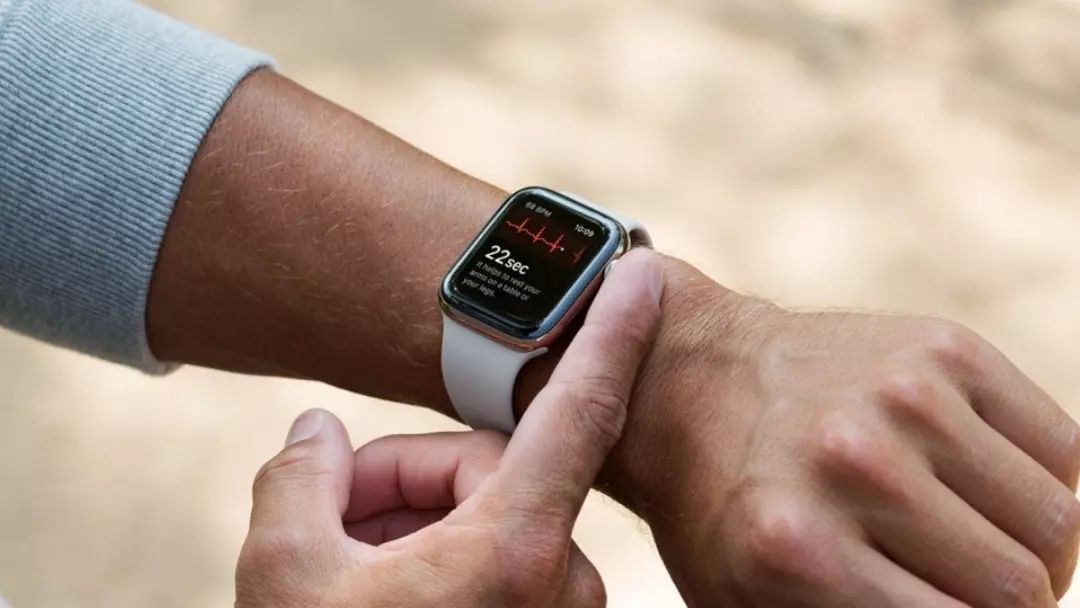 This gap has been identified, which is sports and health, and this is also the main direction of the leading smartwatch market players, including Apple, Samsung, and Fitbit. The choice of these two directions is related to the hardware form of the watch being worn on the wrist, as it can come into contact with the skin and the human body, allowing most smartwatches to understand your body data better than phones. After all, with just a few additional sensors, heart rate and step counting can be detected, and it has now developed to ECG monitoring, making smartwatches equivalent to data collectors. Also, due to the sensors, devices like the Apple Watch can provide various assessments based on our body movements. For example, reminders to stand after sitting for a long time, recognition and recording of various sports activities, and the latest fall detection.
This gap has been identified, which is sports and health, and this is also the main direction of the leading smartwatch market players, including Apple, Samsung, and Fitbit. The choice of these two directions is related to the hardware form of the watch being worn on the wrist, as it can come into contact with the skin and the human body, allowing most smartwatches to understand your body data better than phones. After all, with just a few additional sensors, heart rate and step counting can be detected, and it has now developed to ECG monitoring, making smartwatches equivalent to data collectors. Also, due to the sensors, devices like the Apple Watch can provide various assessments based on our body movements. For example, reminders to stand after sitting for a long time, recognition and recording of various sports activities, and the latest fall detection. These functions are primarily focused on the sports and health sectors, and the detected information can be directly displayed on the watch face, with very few operations requiring you to actively click buttons or swipe the screen. However, health data is not an indispensable need in life; it can only be considered a bonus, which is also why smartwatches have not been able to replace smartphones.
These functions are primarily focused on the sports and health sectors, and the detected information can be directly displayed on the watch face, with very few operations requiring you to actively click buttons or swipe the screen. However, health data is not an indispensable need in life; it can only be considered a bonus, which is also why smartwatches have not been able to replace smartphones. Mainstream consumers care more about whether the watch is durable and good-looking, rather than how many apps it can run. As the smartwatch market expands, the consumer demographic is gradually shifting from geeks and tech enthusiasts to the general public, but new features have not changed their inherent perception of watches as wrist devices; instead, smartwatches need to cater to consumer tastes. What this “taste” specifically represents is hard to conclude, but at least one thing can be confirmed: to attract mainstream users to pay for watches, there still needs to be a “watchmaking” quality, rather than making it feel like a “toy”.
Mainstream consumers care more about whether the watch is durable and good-looking, rather than how many apps it can run. As the smartwatch market expands, the consumer demographic is gradually shifting from geeks and tech enthusiasts to the general public, but new features have not changed their inherent perception of watches as wrist devices; instead, smartwatches need to cater to consumer tastes. What this “taste” specifically represents is hard to conclude, but at least one thing can be confirmed: to attract mainstream users to pay for watches, there still needs to be a “watchmaking” quality, rather than making it feel like a “toy”.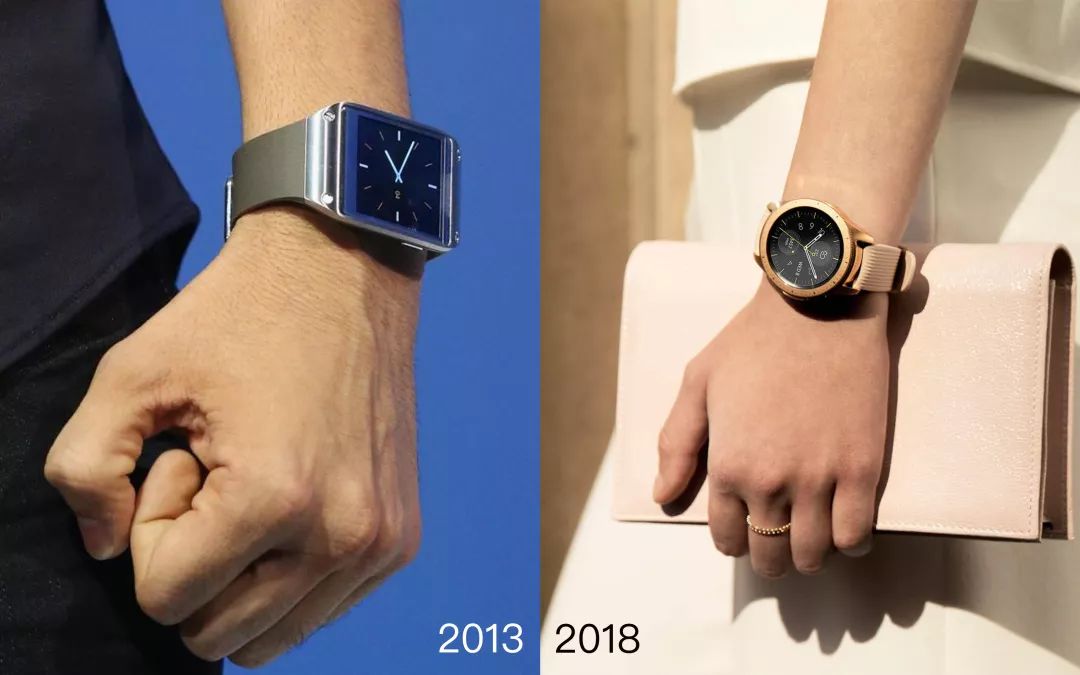 A typical example is Samsung’s Galaxy series smartwatches; comparing the Galaxy Gear from 2013 with the Galaxy Watch from 2018, this change in design style somewhat reflects consumer preferences. Similarly, Google, when promoting the new version of the Wear OS system this year, has not partnered with tech brands like Samsung, LG, Asus, or Motorola, but rather with traditional watchmakers like Fossil, or luxury brands like Montblanc and LV. If no one told you, you probably wouldn’t associate these watches with the term “smart” at first glance.
A typical example is Samsung’s Galaxy series smartwatches; comparing the Galaxy Gear from 2013 with the Galaxy Watch from 2018, this change in design style somewhat reflects consumer preferences. Similarly, Google, when promoting the new version of the Wear OS system this year, has not partnered with tech brands like Samsung, LG, Asus, or Motorola, but rather with traditional watchmakers like Fossil, or luxury brands like Montblanc and LV. If no one told you, you probably wouldn’t associate these watches with the term “smart” at first glance.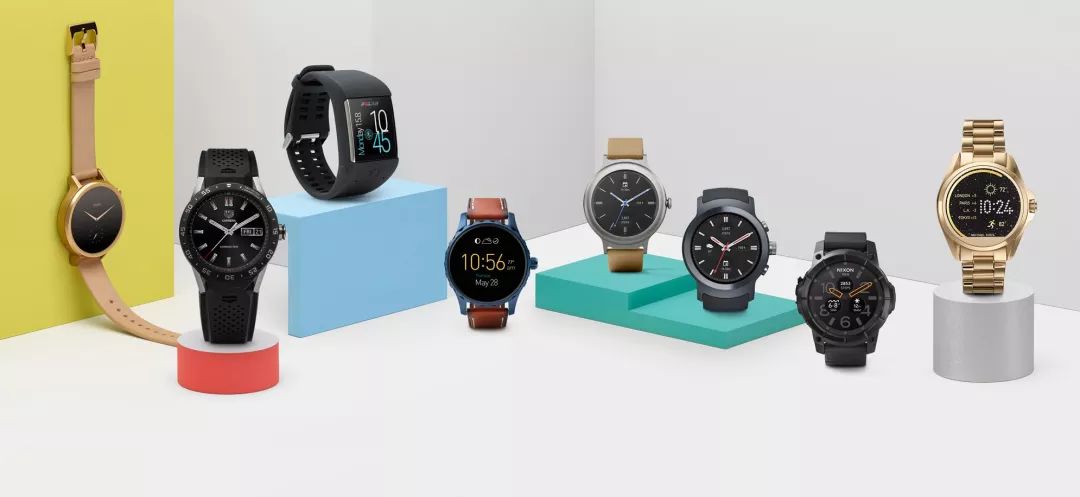 ▲ Google’s Wear OS watchesAnd in terms of functionality, aside from basic notification displays, these watches are only equipped with GPS and NFC modules, and some even lack heart rate sensors. However, the lack of smart features does not affect the business of these traditional watch manufacturers. In today’s world, where checking notifications and health monitoring have not become strong demands, craftsmanship, style, and other factors remain the most important components of watches. For example, G-SHOCK has always maintained a rugged design and, with its long-established reputation for durability, has been a top choice for many in Europe and America. Another example is the fashion watch group Fossil, which has seen good sales in recent years, launching hundreds of smartwatch models each year, most of which resemble traditional watches.
▲ Google’s Wear OS watchesAnd in terms of functionality, aside from basic notification displays, these watches are only equipped with GPS and NFC modules, and some even lack heart rate sensors. However, the lack of smart features does not affect the business of these traditional watch manufacturers. In today’s world, where checking notifications and health monitoring have not become strong demands, craftsmanship, style, and other factors remain the most important components of watches. For example, G-SHOCK has always maintained a rugged design and, with its long-established reputation for durability, has been a top choice for many in Europe and America. Another example is the fashion watch group Fossil, which has seen good sales in recent years, launching hundreds of smartwatch models each year, most of which resemble traditional watches.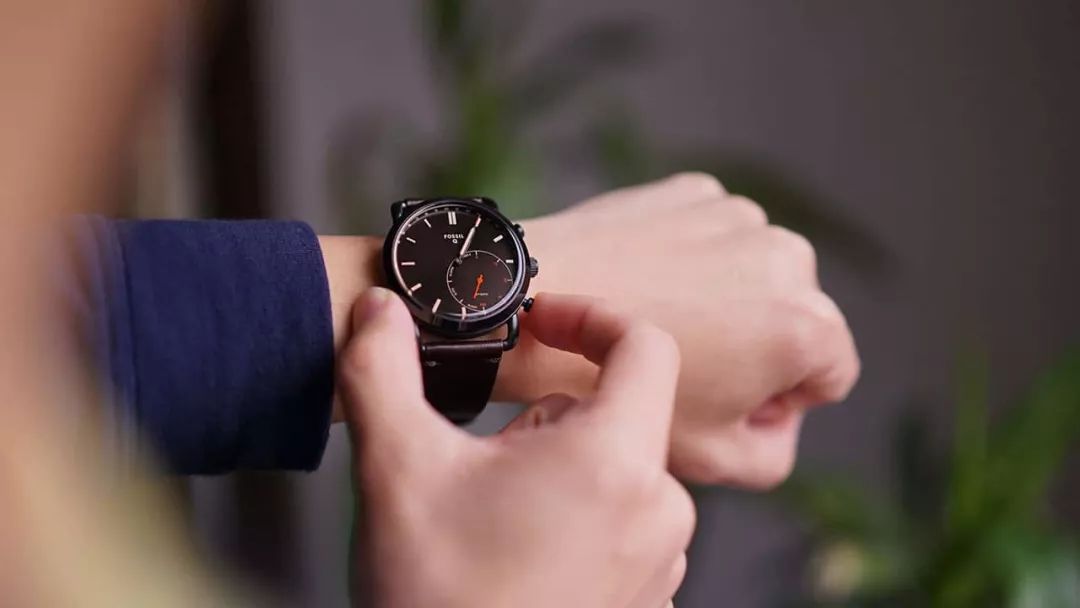 ▲ Fossil Q CommuterHowever, this is the reality of the current smartwatch market; users willing to spend money on watches still prioritize traditional styles, and the only potential new user demographic may be those who value health data or have fitness habits.
▲ Fossil Q CommuterHowever, this is the reality of the current smartwatch market; users willing to spend money on watches still prioritize traditional styles, and the only potential new user demographic may be those who value health data or have fitness habits.

Although it is still a distance from replacing phones, non-internet-connected watches are indeed becoming increasingly rare. In the short term, smartwatches cannot completely escape the design shadow of traditional watches, but on the other hand, traditional watch manufacturers, facing threats from new technologies, have also begun to innovate. They are embedding more sensors into their products while maintaining connectivity with phones, and even switching to touch screens.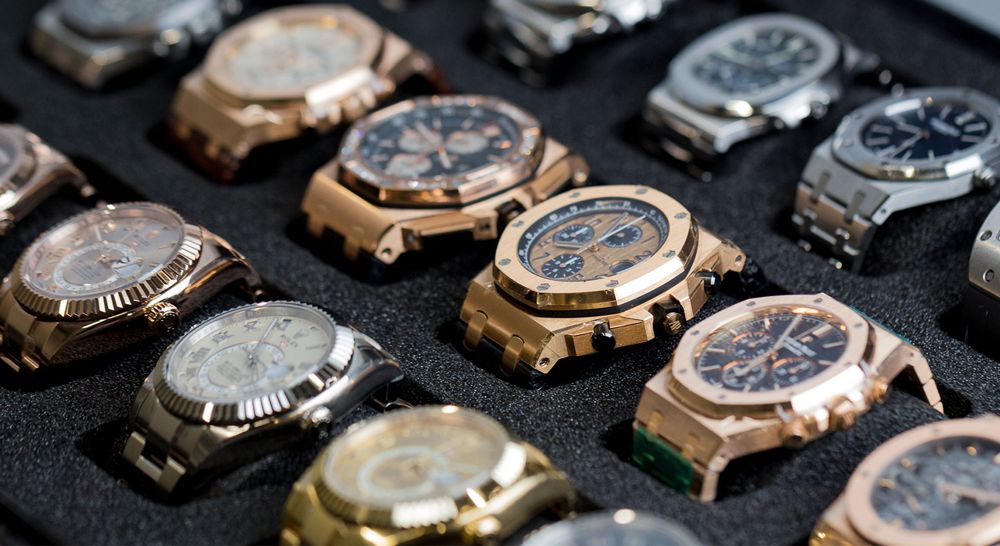 This is also the greatest impact of smartwatches on the traditional watch industry. After all, once you get used to checking heart rates, regularly changing watch faces, and glancing at unread notifications through a watch, putting on a watch that only tells time will feel like something is missing. Moreover, the cost of sensors is already low enough that adding more functions can attract more young consumers to traditional brands. However, most of these products have little to do with the term “smart”; strictly speaking, they are just traditional watches with connectivity and data detection capabilities, which Fossil refers to as “Hybrid Watches”.
This is also the greatest impact of smartwatches on the traditional watch industry. After all, once you get used to checking heart rates, regularly changing watch faces, and glancing at unread notifications through a watch, putting on a watch that only tells time will feel like something is missing. Moreover, the cost of sensors is already low enough that adding more functions can attract more young consumers to traditional brands. However, most of these products have little to do with the term “smart”; strictly speaking, they are just traditional watches with connectivity and data detection capabilities, which Fossil refers to as “Hybrid Watches”.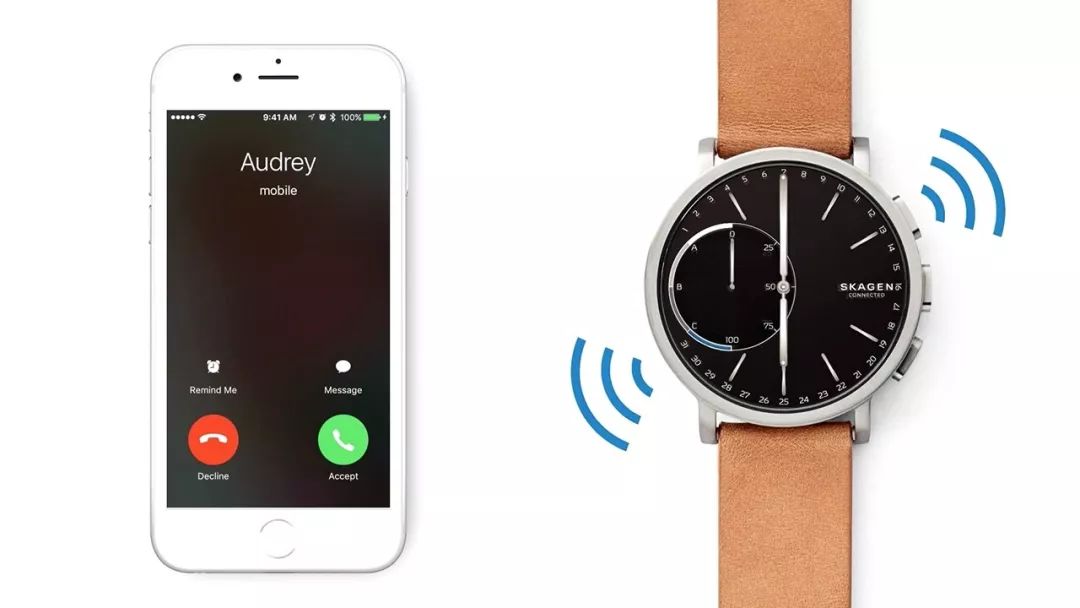 ▲ Skagen Jorn watch does not use a touch screen but can provide information alerts and activity tracking functionsHowever, what is considered smart ultimately depends on how you define it. Some believe that the heart rate data proactive alerts or automatic recognition of training activities on the Apple Watch already reflect intelligence, although these are more the result of sensors. But we always demand more; we hope watches can detect those details we overlook and provide timely reminders or predictions. This is more like what an AI assistant should do. However, based on our current research on AI and machine learning, we are still not capable of creating a sufficiently intelligent virtual assistant that can understand and call upon various functions based on different scenarios; this requires more technological breakthroughs.
▲ Skagen Jorn watch does not use a touch screen but can provide information alerts and activity tracking functionsHowever, what is considered smart ultimately depends on how you define it. Some believe that the heart rate data proactive alerts or automatic recognition of training activities on the Apple Watch already reflect intelligence, although these are more the result of sensors. But we always demand more; we hope watches can detect those details we overlook and provide timely reminders or predictions. This is more like what an AI assistant should do. However, based on our current research on AI and machine learning, we are still not capable of creating a sufficiently intelligent virtual assistant that can understand and call upon various functions based on different scenarios; this requires more technological breakthroughs.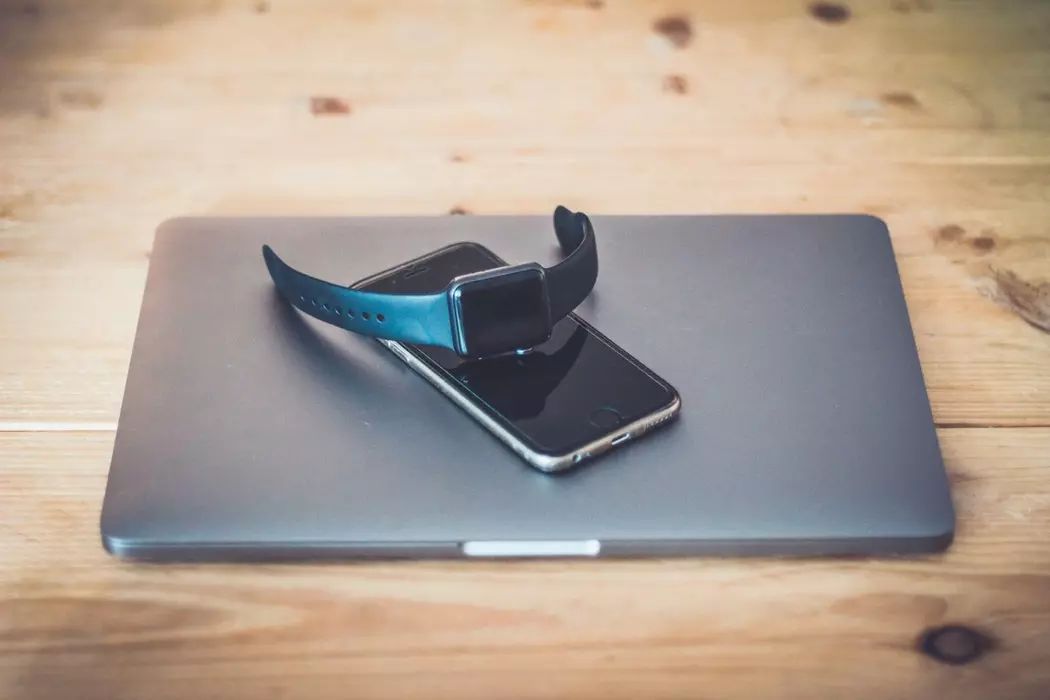 ▲ Image source: Brina BlumPerhaps in the era of the Internet of Everything, the connected devices around us will no longer be limited to computers, phones, and watches; perhaps the glasses you wear, the clothes on your body, and the shoes on your feet will all be equipped with micro-connectivity modules and various sensors for data detection. By that time, what replaces the phone may not necessarily be a smartwatch, but something else entirely.Image source: Corinne Kutz
▲ Image source: Brina BlumPerhaps in the era of the Internet of Everything, the connected devices around us will no longer be limited to computers, phones, and watches; perhaps the glasses you wear, the clothes on your body, and the shoes on your feet will all be equipped with micro-connectivity modules and various sensors for data detection. By that time, what replaces the phone may not necessarily be a smartwatch, but something else entirely.Image source: Corinne Kutz


Sony’s Foldable Transparent Phone is Coming, Apple’s New iPad May Feature Under-Display Fingerprint